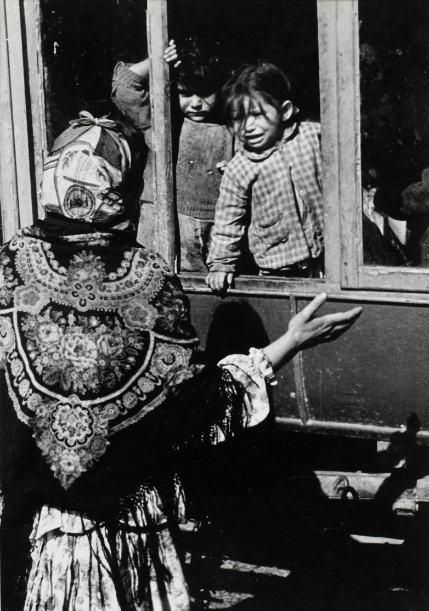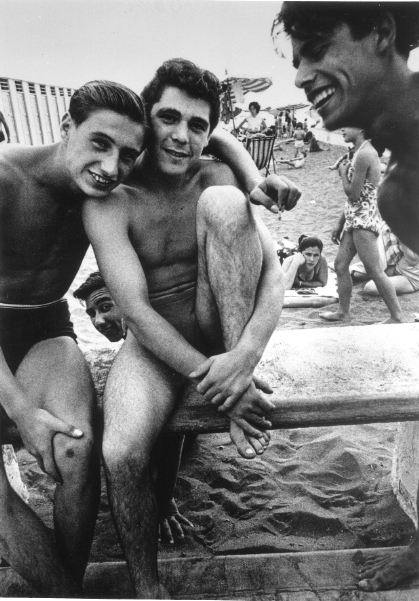Society’s minorities are the focus of an exhibition of avant-garde photographs currently running at the Seoul Museum of Art.
The show presents some 200 photographs by big names in modern and contemporary photography who put into practice French thinker Roland Barthes’ theory on photography. This includes Walker Evans, Henri Cartier-Bresson, William Klein, Cindy Sherman, Sophie Calle and Christian Boltanski.
 |
| Untitled No. 67 (Cindy Sherman & Metro Pictures) |
Titled “The Family of the Invisible,” the exhibition brings modern social minorities to light to redefine the traditional concept of family and gender, explored in Barthes’ book “Camera Lucida.” The book, published in 1980, contained Barthes’ critique of the 1955 photo exhibition “The Family of Man” at the Museum of Modern Art in New York, which presented photographs of archetypes of life, in order, from birth, childhood, work, love and marriage to death.
“Roland Barthes’s ‘Camera Lucida’ became a legendary book. It contains Barthe’s politically and socially radical points of view. It emphasizes you can’t neglect individuals that don’t belong to the archetypes of life,” said Magali Nachtergael, professor and a Roland Barthes specialist, at the press preview of the exhibition last week in Seoul.
The book had great impact on modern photographers in France. It was translated into English and widely read by photographers, artists, critics and curators.
Barthes attempted to deconstruct the social norms of family and gender by focusing on individuals considered minorities in history, such as gypsies, homosexuals, women and children. Barthes, who lost his father early in life, was raised by his mother who had a child out of wedlock with a married man. He also realized he was homosexual as he grew up. For him, cataloguing the course of life from birth, childhood, love, marriage to death did not fit with the family he knew, Nachtergael explained.
 |
| Tziganes (Gypsies) by Tadeusz Rolke (Centre national des arts plastiques collection) |
“This is a visual manifesto for minorities and a guide to the ideas of Barthes articulated in ‘Camera Lucida,’” she said of the current exhibition.
The exhibition highlights portraits of the socially marginalized as well as works of contemporary photographers and artists who were influenced by Roland Barthes.
The show begins by twisting the patriarchal figures represented through various images of men of power and nobility in section one, “Deconstruction of Myths.” It continues with section two “Into the Neutral” which sheds light on neglected objects and daily life. Section three, “The Invisibles,” features eerie photographs depicting figures who are masked, blind or captured in the dark. The next section concludes the exhibition with a mix of portraits and object photographs.
The photographs are on loan from the French National Center for Visual Arts and the Regional Contemporary Art Funds. The exhibition also marks the 130th anniversary of diplomatic relations between South Korea and France.
 |
| Ostia Beach Vertical by William Klein (Collection Frac Aquitain) |
Also marking the artistic exchanges between Korea and France at the venue is the joint showcase “Urban Legends,” coorganized by the SeMA and Palais de Tokyo, presenting final works of artists in residencies of the two institutions created during their eight-month exchange programs and collaborations.
“The Family of the Invisibles” and “Urban Legends” runs until May 29. For more information, visit sema.seoul.go.kr.
By Lee Woo-young (wylee@heraldcorp.com)

